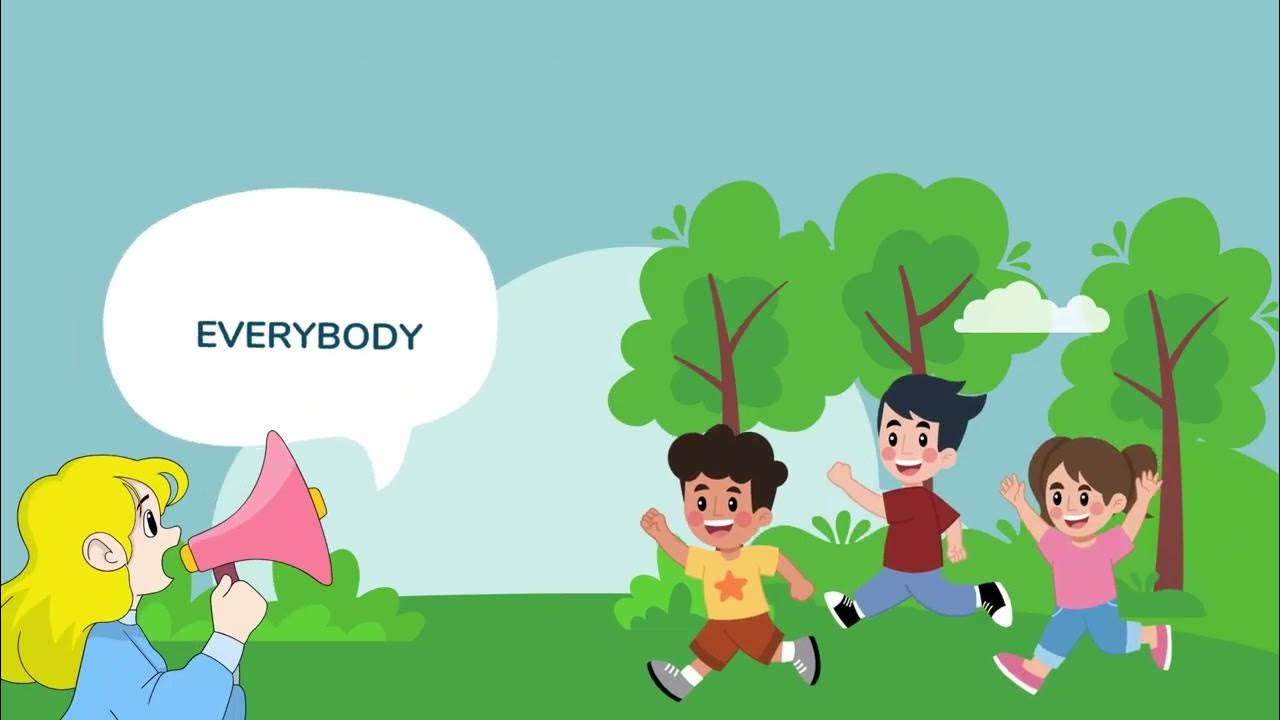Aspekte neu B2 Lehrbuch | Kapital 2 | Szene 1 | Aufg. 2a #languagelearning #exampreparation #videos
Summary
TLDRThis video explores the profound role of body language in human communication, demonstrating how emotions such as love, passion, and fear are conveyed through facial expressions, gestures, and posture. It emphasizes the neurobiological research that reveals how people instinctively transmit feelings in real time. The video highlights the cultural and innate aspects of body language, showing how some expressions are universally understood, while others are learned. It also delves into how body language differs across cultures and how misinterpretations can occur, particularly in initial interactions, such as greetings and touch.
Takeaways
- 😀 Body language is a powerful form of communication that conveys emotions, attitudes, and intentions.
- 😀 Tango exemplifies how body language can express big emotions like love, passion, longing, and denial.
- 😀 People communicate through body language because it allows them to tune into each other's feelings in real time.
- 😀 Neurobiological research shows that the meaning, feelings, and attitude behind actions are transmitted through body language.
- 😀 Communication through body language requires at least two people, highlighting the interactive nature of this form of expression.
- 😀 Body language consists of three main elements: facial expressions, gestures, and posture.
- 😀 Different facial expressions convey different emotions, such as raised eyebrows for interest and furrowed brows for doubt.
- 😀 Gestures can reveal a person's communication style and intentions, such as open hands or large, exaggerated movements.
- 😀 Some aspects of body language, like laughter and fear, are innate and universally understood across humans and even some animals.
- 😀 Body language is predominantly learned and culture-dependent, which can lead to misunderstandings between people from different cultures.
- 😀 Cultural differences influence the interpretation of body language, like the gesture of touching a stranger being seen as friendly in the West but rude in Japan.
Q & A
How does body language communicate emotions?
-Body language communicates emotions through facial expressions, gestures, and posture. These non-verbal cues reveal inner feelings and attitudes, allowing people to tune into each other without the need for verbal communication.
What is the role of body language in the tango?
-In tango, body language plays a crucial role as it expresses emotions such as love, passion, longing, and denial. The dance becomes a ritualized form of emotional play, with every movement conveying a deeper meaning between the dancers.
How does body language affect our emotional responses in social situations?
-Body language enhances emotional responses in social situations by transmitting feelings between individuals. For example, during a football match, the presence of like-minded fans intensifies the emotions experienced, which can lead to a collective emotional high.
What does neurobiological research tell us about body language?
-Neurobiological research shows that the actions of one person toward another are not just physical but also convey emotional meanings, attitudes, and feelings. This allows people to understand each other’s emotions in real time through body language without the need for intellectual analysis.
What are the three elements of body language?
-The three elements of body language are facial expressions, gestures, and posture. Each of these elements helps convey emotions and attitudes, whether through raised eyebrows, hand movements, or body stance.
How do facial expressions convey emotions?
-Facial expressions communicate emotions through subtle changes in the face. For example, raised eyebrows show interest, while furrowed eyebrows indicate doubt. These expressions are universally understood and are part of innate body language.
Are there innate and learned aspects of body language?
-Yes, body language has both innate and learned aspects. Some forms of body language, such as laughter or expressions of fear, are innate, as they are shared across species like humans and apes. However, much of body language is learned through cultural influences and imitation.
Why is body language considered more cultural than innate?
-Body language is largely cultural because the way people use body language varies from one culture to another. For instance, actions like touching a stranger can signify sympathy in some cultures but be seen as rude in others, such as in Japan.
How does culture influence the interpretation of body language?
-Culture plays a significant role in shaping the interpretation of body language. For example, a smile in some cultures might indicate friendliness, while in others it may signal embarrassment or discomfort. These differences can lead to misunderstandings if cultural contexts are not considered.
What is the significance of the 'first encounter ritual' in body language?
-The 'first encounter ritual' in body language, such as standing at arm's length and shaking hands, helps establish a sense of security and trust. It is a way of signaling that one is unarmed and not intending to attack, serving as a non-verbal assurance in social interactions.
Outlines

This section is available to paid users only. Please upgrade to access this part.
Upgrade NowMindmap

This section is available to paid users only. Please upgrade to access this part.
Upgrade NowKeywords

This section is available to paid users only. Please upgrade to access this part.
Upgrade NowHighlights

This section is available to paid users only. Please upgrade to access this part.
Upgrade NowTranscripts

This section is available to paid users only. Please upgrade to access this part.
Upgrade Now5.0 / 5 (0 votes)





